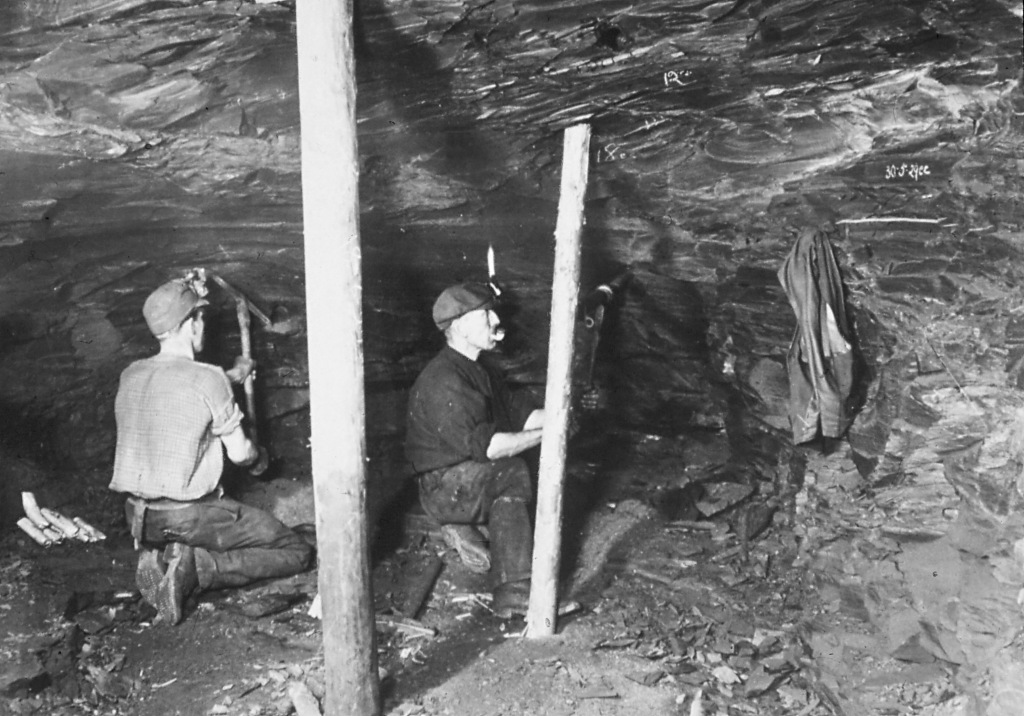
The first substantial shale-oil industry was begun in the Lothians of Scotland by John (Paraffin) Young and others in 1851. It was initially based on Carboniferous cannel coals (that burned like a candle) and later on oil shales in the same Carboniferous succession. By 1865 about 120 shale-oil works were operating in Scotland, and in 1913 a maximum of over 3.2 million tonnes of shale was worked as the UK prepared for war. The industry declined slowly but steadily from this peak, with a minor expansion during World War 2, due to the increasing availability of cheap crude oil from the Middle East.
Advertisement for ‘home made’ petrol from East Lothian, c. 1920. In the years after World War 1 nationalism became an important sales element. If foreigners could find oil then so could we, only ours would be of better quality. The industry flourished partly because of a tax concession that had been granted in WW 1 to encourage domestic oil production and reduce the dependence on imported oil. The industry closed in 1962 when the subsidy was suddenly withdrawn as a result of pressure from Middle East suppliers on the grounds of unfair competition. The large mounds of red shale waste (bings) produced by the retorts still form a picturesque addition to the landscape of the Lothians, principally in the West Calder to Broxburn area.
